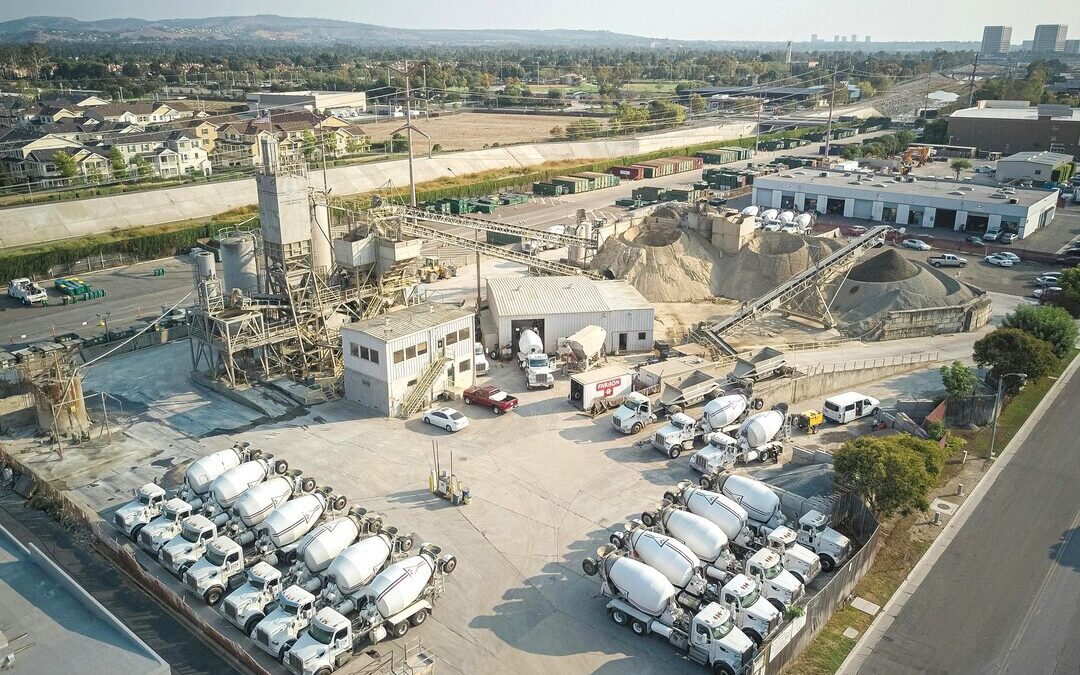India to Launch 5 Carbon Capture Testbeds in Cement Sector to Cut Emissions
India to pilot carbon capture technology in the cement industry to reduce emissions and promote a circular carbon economy.
India’s Department of Science & Technology is advancing plans to set up five carbon capture and utilization testbeds across the country’s cement sector, in a bid to curb industrial carbon dioxide emissions and promote a circular carbon economy.
The pilot-scale testbeds, recommended by an expert panel, will focus on capturing carbon dioxide emissions from cement manufacturing and converting them into value-added products such as synthetic fuels, urea, soda ash, concrete aggregates and food-grade CO₂.
The DST is currently reviewing the panel’s proposals before proceeding with financial approvals.
Pilot Sites and Technologies
The testbeds will be established in Rajasthan, Odisha, Andhra Pradesh and Tamil Nadu, in collaboration with leading academic institutions and industry partners. The proposed locations and technologies include:
- Chittorgarh, Rajasthan: In partnership with JK Cement, researchers from the National Council for Cement and Building Materials and IIT Roorkee will deploy oxygen-based calcination to capture 2 tonnes per day of CO₂, with 0.4 TPD reused in lightweight concrete and olefins.
- Sundergarh, Odisha: IIT Kanpur and JSW Cement will test solvent-based capture technology capable of removing 1 TPD of CO₂, which will be mineralized into concrete using Integrated Carbon Capture and Mineralization technology.
- Rajgangpur, Odisha: A water-based, catalyst-driven CO₂ capture system will be installed by IIT Bombay and Dalmia Cement, targeting 2 TPD and converting emissions into calcium carbonate, sodium bicarbonate and formic acid.
- Kurnool, Andhra Pradesh: CSIR-IIP, IIT Tirupati and IISc Bengaluru will partner with JSW Cement to demonstrate Vacuum Swing Adsorption to capture 1 TPD of CO₂ from kiln gas, to be reused in construction materials.
- Reddipalayam, Tamil Nadu: IIT Madras and the Goa campus of BITS Pilani will work with UltraTech Cement to apply an oxygen-enriched burning process and capture 2 TPD of CO₂, which will be mineralized using concrete waste and sludge.
Decarbonizing Cement and Beyond
India’s cement sector accounts for about 7 to 8 percent of the country’s national industrial carbon emissions. The CCU testbeds are intended to validate small-scale solutions – up to 2 TPD – within real industrial environments. Aside from reducing emissions, the initiative aims to create marketable by-products and support India’s net-zero emissions target by 2070.
“These testbeds will demonstrate scalable CCU technologies that could be replicated across hard-to-abate sectors such as power, iron and steel, oil and gas, and chemicals,” said Dr. Jitendra Singh, Union Minister of State for Science & Technology, in a written response to the Lok Sabha.
Once operational, the testbeds are expected to help industries transition to commercial-level CCU solutions through tailored integration with existing manufacturing setups.
Also Read:
Carbon Clean Opens One of World’s Largest Carbon Capture R&D Centers in India
Nirmal Menon
Related posts
Subscribe
Error: Contact form not found.


